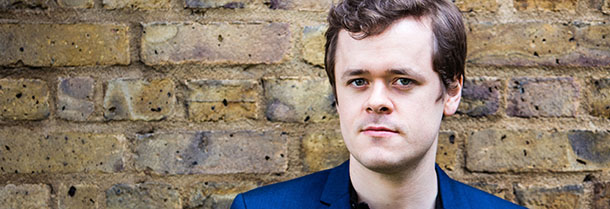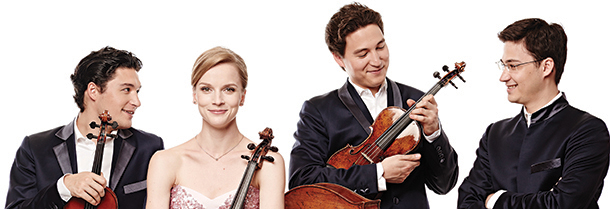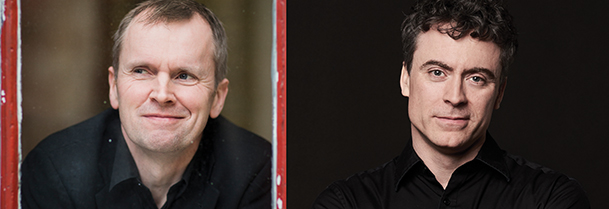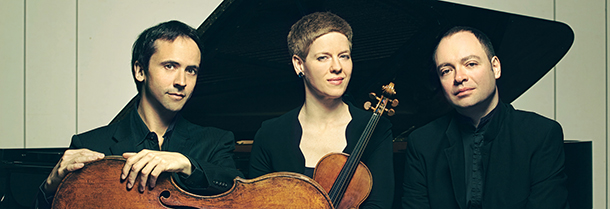Category: 19-20 Season
-

NOTICE OF THE VANCOUVER RECITAL SOCIETY’S AGM
NOTICE OF THE ANNUAL GENERAL MEETING OF MEMBERS OF THE VANCOUVER RECITAL SOCIETY (the “Society”). The Board of Directors of the Society hereby gives notice that the Annual General Meeting of the Society will be held online, via ZOOM (details below) on the 18th day of February, 2021 at 5:30pm for the following purposes: To receive…
-

Beyond the Concert Hall: Steven Osborne
This is one of the videos in our Beyond the Concert Hall series. Our Beyond the Concert Hall series brings our audiences into the world of musicians and other creative industry professionals through intimate interviews. Beyond the Concert Hall featured interviews are updated here each season. You can watch all our archival interviews here.
-

VRS CONCERTS IN THE MONTHS OF MARCH, APRIL AND MAY ARE CANCELLED DUE TO COVID-19
UDATE March 18, 2020 Given the precautionary measures being taken to prevent the spread of COVID-19, and the projection that social distancing may continue for the next few months, we have decided to cancel the remaining concerts in our 2019-20 Season. The additional cancelled concerts include: Pablo and Sara Ferrández, Beatrice and Ludovica Rana, and…
-

PROGRAM NOTES: BENJAMIN GROSVENOR
Jean-Philippe Rameau Gavotte and Variations in A minor The modern pianist seeking to play the Baroque harpsichord repertoire faces many obstacles, starting with the friendly fire of his own trusty Steinway itself, so different in sound from the perky little plucked-string sound box for which this music was originally written. A note on the harpsichord…
-

PROGRAM NOTES: SCHUMANN QUARTET
Wolfgang Amadeus Mozart Quartet in D major K. 499 “Hoffmeister” Mozart’s most accomplished string quartets are generally considered to be the ten he wrote after moving to Vienna in 1781, beginning with the set of six dedicated to Haydn, published in 1785 and ending with the set of three dedicated to the King Friedrich Wilhelm II…
-

PROGRAM NOTES: STEVEN OSBORNE AND PAUL LEWIS
Gabriel Fauré Dolly Suite Op. 56 In the 1890s Gabriel Fauré would often compose or revise small pieces for the infant daughter of his mistress Emma Bardac (1862-1934). These affectionate pieces celebrated a birthday, a pet, or a special person in the life of the young Regina-Hélène, known in the family as “Dolly,” and six…
-

PROGRAM NOTES: DORIC STRING QUARTET WITH MARC-ANDRÉ HAMELIN
Jean Sibelius Quartet in D minor Op. 56 Voces Intimae Sibelius’ Quartet in D minor was completed in 1909 and has five movements, symmetrically arranged in an arch form around the lyrical third-movement Adagio, with scherzos on either side separating it from the opening movement and finale. The name Voces Intimae derives from a Latin…
-

NOTICE OF THE VANCOUVER RECITAL SOCIETY’S AGM
NOTICE OF THE ANNUAL GENERAL MEETING OF MEMBERS OF THE VANCOUVER RECITAL SOCIETY (the “Society”). The Board of Directors of the Society hereby gives notice that the Annual General Meeting of the Society will be held at the Vancouver Playhouse Theatre, (Salon A), British Columbia, on the 23rd day of February, 2020 at 1:15pm for…
-

PROGRAM NOTES: FAUST QUEYRAS MELNIKOV TRIO
Ludwig van Beethoven Kakadu Variations in G major Op. 121a Beethoven’s Kakadu Variations comprise an introduction and 10 variations on a popular theme from the Viennese stage. It has a compositional history that extends over more than two decades, with a first version of the work likely dating from around 1803. By 1816 Beethoven had had…


